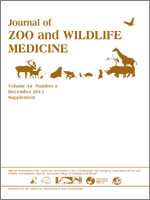In a joint program, Innolytics and the U.S. Department of Agriculture/Animal and Plant Health Inspection Service National Wildlife Research Center collaborated in the development of nicarbazin as an avian contraceptive, initially for resident Canada geese and subsequently for feral pigeons. Unfortunately, the introduction of the original goose product in 2005 was a commercial failure. Political and social barriers effectively thwarted attempts to establish the new technology with any meaningful market success. Although the market adoption of the pigeon contraceptive has been less difficult, the product still encounters significant social and political obstacles and opposition. Given the focus on instant results and gratification, the introduction of contraceptive technology for birds has been challenging and broad market acceptance remains elusive. Nevertheless, especially for short-lived and rapidly reproducing species, customers continue to replace outdated or ineffective techniques with the safer and more effective contraceptive tool.
How to translate text using browser tools
1 December 2013
THE POLITICAL AND SOCIAL BARRIERS FOR CONTRACEPTION IN PEST BIRDS: A CASE STUDY OF OVOCONTROL® (NICARBAZIN)
Alexander MacDonald,
Erick Wolf
ACCESS THE FULL ARTICLE
Birth control
contraceptives
fertility control
pigeon control
wildlife management





